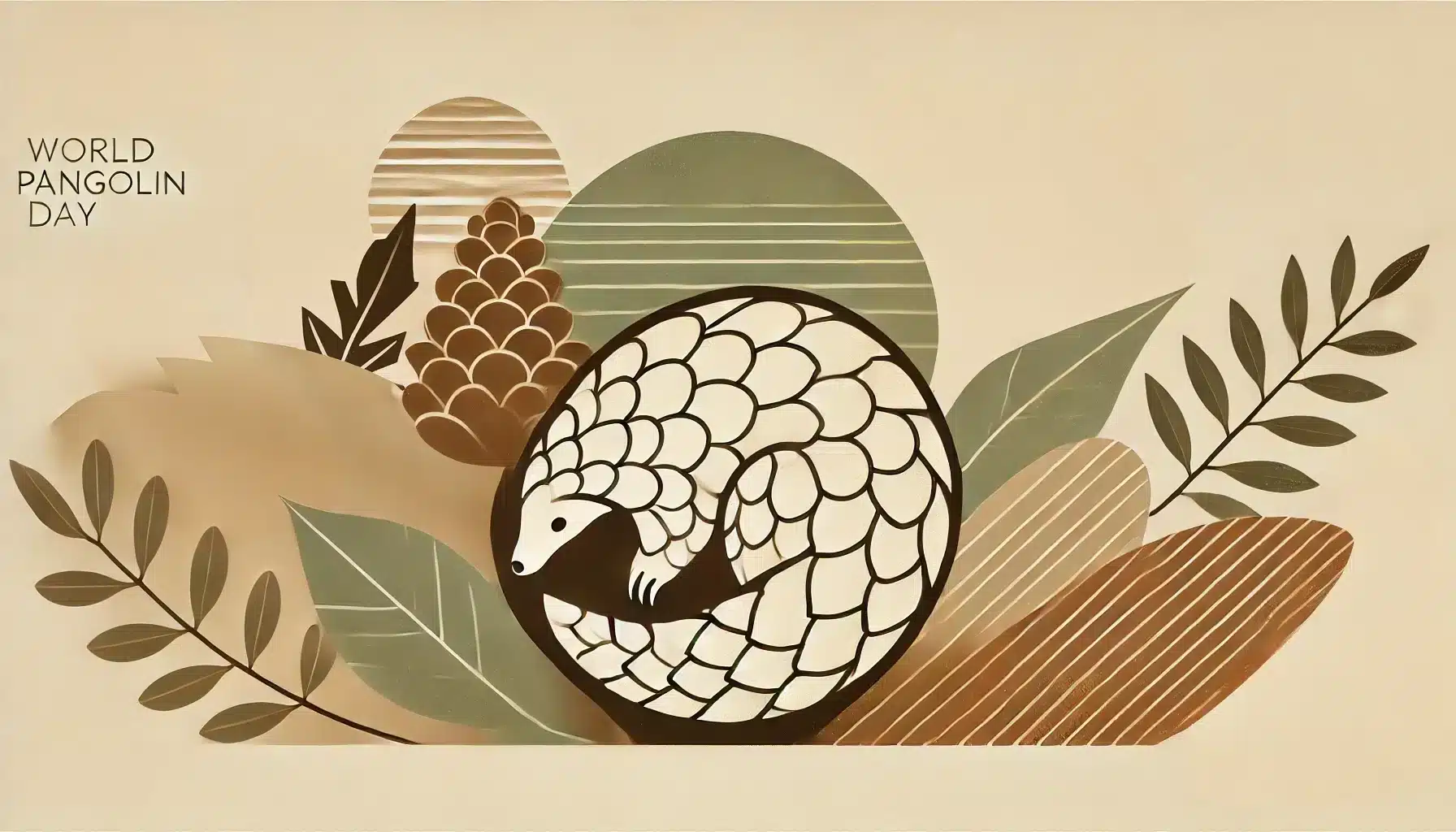What is World Pangolin Day?
World Pangolin Day, observed annually on the third Saturday of February, is a global event dedicated to raising awareness about pangolins;unique, scaly mammals that are among the most trafficked animals in the world. The day aims to highlight their plight, promote conservation efforts, and inspire action to protect these endangered creatures.
History and Origin
The inaugural World Pangolin Day was held in February 2012, initiated by conservationists to draw global attention to the critical threats facing pangolins due to illegal wildlife trade and habitat destruction. This event has since grown into a worldwide movement, with participation from individuals, organizations, and governments to protect these remarkable animals.
Pangolins, often poached for their scales and meat, face a high risk of extinction. World Pangolin Day was created to counter these threats by raising awareness, advocating for stronger anti-trafficking laws, and supporting conservation initiatives. Each year, the day encourages people to engage in educational and creative activities that highlight the importance of pangolins in our ecosystems.
Who Celebrates World Pangolin Day?
- Conservation Organizations: Host campaigns and events to educate the public and promote pangolin protection.
- Wildlife Enthusiasts: Participate in activities like art projects, awareness talks, and social media campaigns.
- Educational Institutions: Include pangolin-related topics in lessons and organize student-focused events.
- Advocacy Groups: Work to influence policy changes and promote anti-poaching measures.
- General Public: Support pangolin conservation through donations, events, or by spreading awareness.
Themes and Slogans
The primary theme of World Pangolin Day is conservation and the fight against illegal wildlife trafficking. The day promotes the critical need to protect pangolins and their habitats.
A popular slogan for the day is:
“Save the Pangolins.”
This slogan highlights the urgent need for action to prevent their extinction and preserve biodiversity.
Colors, Symbols, and Patterns
Colors
- Earth Tones: Represent the natural habitats of pangolins, emphasizing their connection to the environment.
- Green: Symbolizes conservation and the efforts to protect wildlife.
- Brown: Reflects the pangolin’s natural coloring and its place in the ecosystem.
Symbols
- Pangolin Silhouette: Highlights the pangolin’s unique, scaly appearance, central to its identity.
- Scales: Represent both the pangolin’s natural defense and the tragic reason it is poached.
- Globe: Symbolizes the global effort to protect pangolins.
Patterns
- Scale Motifs: Used in promotional materials to mimic the pangolin’s distinct features.
- Circular Designs: Reflect the cyclical nature of conservation efforts and the interconnectedness of ecosystems.
- Natural Textures: Represent the pangolin’s forest and grassland habitats.
How to Celebrate World Pangolin Day
- Organize Educational Workshops: Learn about pangolins, their habitats, and the threats they face.
- Create Art Projects: Share pangolin-themed art or crafts to raise awareness about their plight.
- Join Social Media Campaigns: Use hashtags like #WorldPangolinDay and #SaveThePangolins to spread the message.
- Support Conservation Organizations: Donate or volunteer with groups working to protect pangolins.
- Advocate for Policy Change: Push for stronger enforcement of anti-poaching laws and wildlife protections.
Most Used Hashtags
- #WorldPangolinDay
- #SaveThePangolins
- #PangolinConservation
- #EndWildlifeTrafficking
- #ProtectPangolins
Why is World Pangolin Day Important?
World Pangolin Day shines a light on the severe threats pangolins face, primarily from illegal trafficking and habitat loss. These creatures play a vital role in maintaining ecological balance by consuming ants and termites, yet they are among the most trafficked animals globally.
By raising awareness and fostering action, this day mobilizes individuals and organizations to combat poaching, enforce wildlife protection laws, and support conservation efforts. Protecting pangolins is essential not only for their survival but also for preserving biodiversity and ensuring healthy ecosystems.
Features
Contact Info
Third Saturday of February: Pangolin Day
Why do you keep falling for the same type?
Read the article Lovemaps: the hidden blueprint of our love.

